15 Interesting Facts About Blizzard for Kids
A blizzard can be described as a severe snowstorm. Low temperatures, high winds, and much-blowing snow are part of such weather resulting in a blizzard.
In this article, you will learn everything about Blizzards, how and when they occur, and a lot more interesting facts about them.
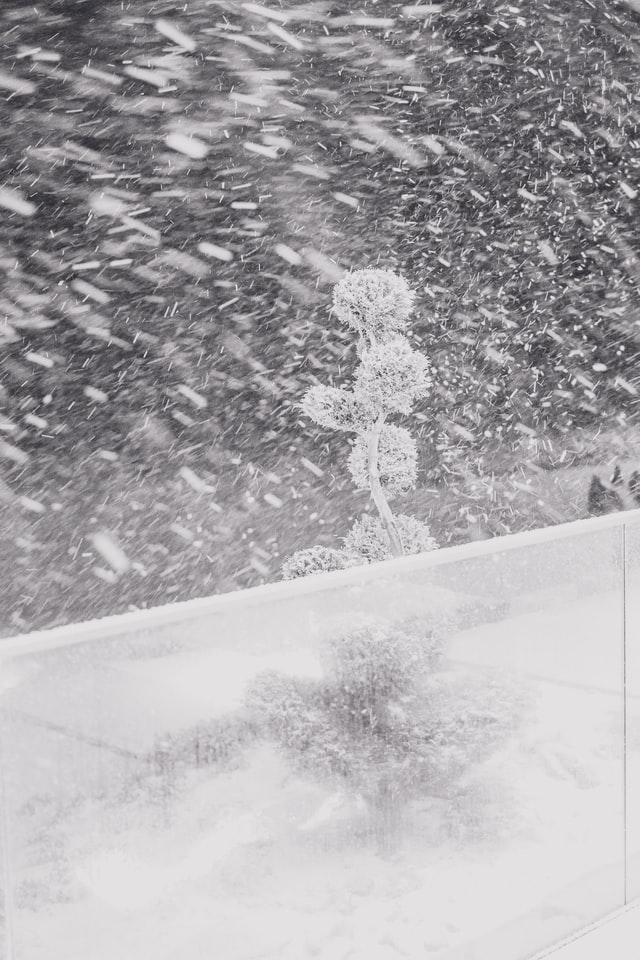
Quick Blizzard Facts
- Blizzards begin as snow storms but are categorized as blizzards after sustaining winds of 35 miles per hour.
- A severe blizzard can take place after a snowstorm because heavy winds cause the snow to shift and cause whiteouts, making the landscape difficult to identify.
- More than 350 people died in the Great Appalachian Storm in 1950 in Canada and the United States.
- The city of Rochester, New York receives the largest amount of snow in the United States every year, experiencing some of the biggest blizzards in the country.
- The Great Blizzard of 1888 killed over 400 people in the US after 58 inches of snow fell.
- The average blizzard lasts three to four hours, but can last even longer depending on other existing weather conditions.
What is a Blizzard?
A blizzard is an intense snowstorm with 35 miles per hour or higher winds that last for three hours or longer. It is the intensity of the wind that distinguishes a blizzard from a snowstorm and not the amount of snow.
When does Blizzard Occur?
The majority of blizzards occur between December and February, the meteorological winter and peak snow season. However, they are more prevalent in the spring than in the fall when they occur outside of that timeframe.
How does Blizzard Occur?
A blizzard occurs when a high-pressure system collides with a low-pressure system. Winds pull frigid air from the poles toward the equator and warm, moist air from the equator toward the poles. When warm and cold air collides, a front forms, which might result in snowfall. Warm air may also climb up a slope, forming clouds and blizzard snows.
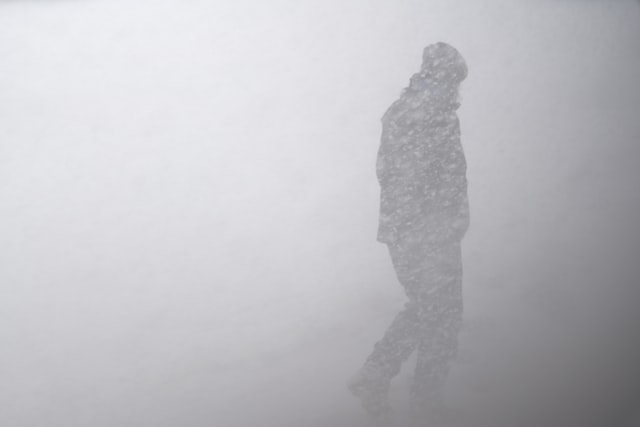
For a blizzard to occur, these three conditions need to be met:
1. Cold air to generate snow.
For snow to descend to the land, the temperature has to be cold both in the clouds where snowflakes form and at the ground surface. The snow will then melt and change into rain or freezing rain on its way to the bottom if the air at surface level is too warm.
2. Clouds and precipitation require moisture to create.
Water vapor is the term for the moisture in the air. Water vapor may be found in the air when it travels across a body of water, such as a large lake or the ocean. When the wind blows over the lake, some of the water evaporates, releasing the vapor into the sky. This is where the moisture for “lake effect snowstorms” and “Nor’easters” comes from. Since freezing air cannot carry an immense amount of water vapor, cold air cannot transport a large amount of water vapor, which does not create a lot of snow.
3. Cloud formation and precipitation require warm, rising air.
To create a blizzard, warm air must ascend above the freezing air. This might take one of two forms. Winds transport cold air from the poles to the equator and warm air from the equator to the poles. When warm air and cold air collide, a front forms, culminating in precipitation. Warm air may also rise up a hill, resulting in clouds and blizzard snows.
How Strong are Blizzard’s Winds?
A blizzard is considered very strong if the storm winds are more than 56 km (35 miles) per hour for at least three hours and enough snow to reduce visibility to 0.4 km (0.25 mile) or less, according to the National Weather Service of the United States.
How Cold Can Blizzard Get?
To be categorized as a severe blizzard, winds must exceed 45 miles per hour or greater, temperatures must be at or below -12°C, and there must be snow.
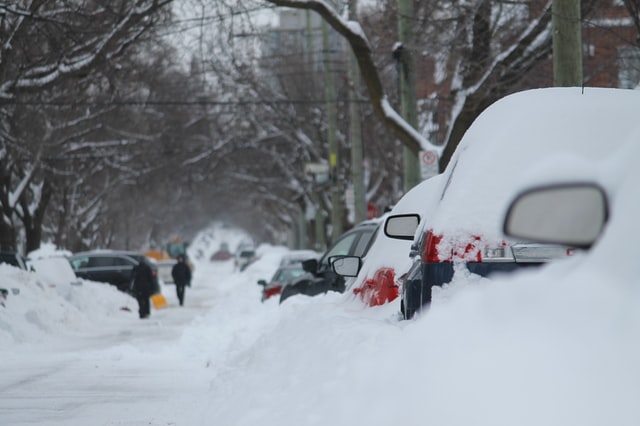
Blizzards, especially if the snowfall is exceptional or infrequent, may cause whiteout conditions and immobilize districts for days. Spending more time in a blizzard while unprepared or unprotected can result in hypothermia, frostbite, and even death.
Biggest Blizzards in the US History
Here’s some information about some of the terrifying Blizzards in the United States:
The ‘Snow Winter of the 1880s,’ as it was called, was a particularly blizzard-filled period in the United States. This winter is recognized as one of the worst in the country’s history, with a slew of dangerous blizzards. The snowfall from these blizzards was so heavy that the railway lines were obstructed, and transportation came to a standstill. The devastation did not stop after the snow melted, as rising water levels in the Missouri River triggered flooding in downstream areas.
On January 26, 27, 28, and 29, 1966, the Blizzard of 1966 swept through much of the United States and Canada east of the Rocky Mountains, bringing record low temperatures, severe winds, and significant precipitation.
The 1959 Mount Shasta California Snowstorm dropped 189 inches (480 cm) of snow on the mountain. The majority of the snow landed in unpopulated high areas, causing minimal disruption to Mount Shasta inhabitants. The snowfall total is the most recorded in North America from a single storm.
15 Interesting Blizzard Facts
Here are some of the most exciting facts about blizzards that you are going to enjoy reading:
1. A ‘ground blizzard’ occurs when there is no snow falling, yet the snow on the ground is lifted and thrown around. After a snowfall, strong winds blow around loose snow on the ground, causing whiteouts and snowdrifts.
2. Some severe blizzards can produce wind speeds comparable to a category one or two hurricanes.
3. Blizzard conditions are more common on the northwest side of a robust winter storm system.
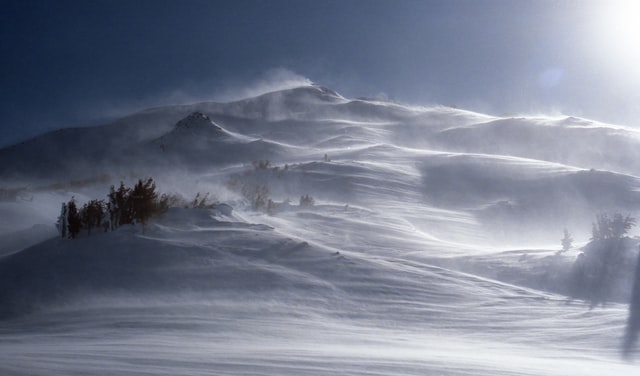
4. A blizzard or blizzard-like situation can occur in any geographical region that receives snowfall.
5. Blizzards are also defined by very poor or no visibility, defined as visibility of one-quarter mile or less over a duration of three hours or longer. In extreme circumstances, vision is decreased to being ‘white-out,’ making travel nearly impossible.
6. Frostbite and hypothermia are severe ailments if a person is caught unprepared in a snowstorm. Temperatures are already chilly, but the wind chill is substantially harsher, causing the skin to freeze quickly.
7. In February 2010, a blizzard dubbed “Snowmageddon” struck the United States.
8. When caught in a blizzard without shelter, eating snow is not a wise idea since it decreases the body’s temperature. It’s advisable to create a snow cave to stop the wind if you’re stuck outside. It is also critical to keep the body moving to maintain blood flow.
9. It is hazardous to travel by automobile during a blizzard. Accidents are significantly more likely to occur due to poor visibility and unsafe driving conditions. In 2019, a bomb cyclone snowstorm triggered a 100-car pileup on I-25 in Colorado.
10. Walking through a blizzard on foot can cause a severe injury or even death. During a snowstorm, hypothermia sets in quickly, and limited vision makes it easy to become lost. Several confirmed examples of persons dying in a snowstorm just yards from their homes have been documented.
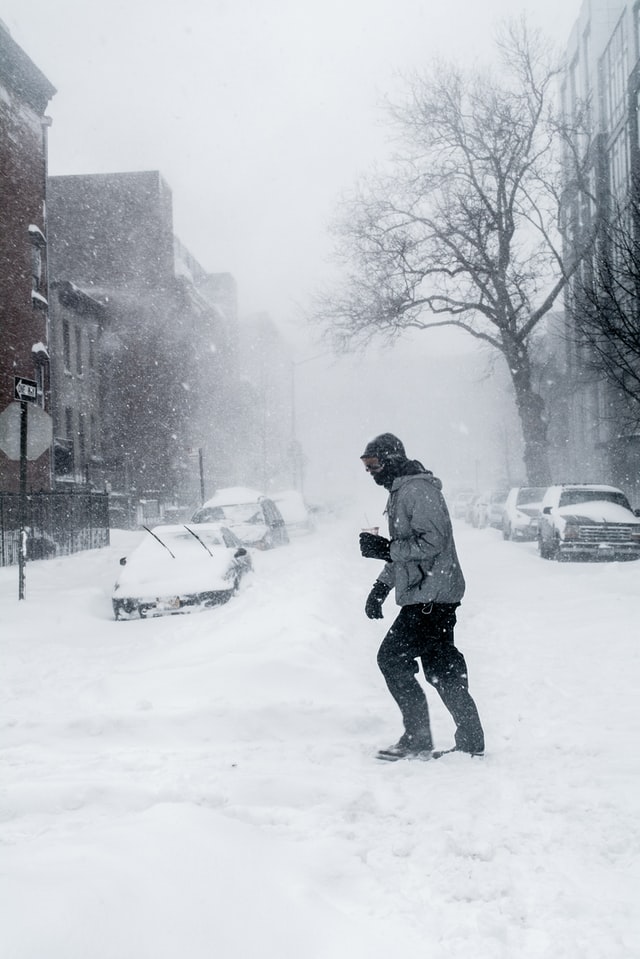
11. Wind speeds in the most severe blizzards may be as high as category one or two hurricanes.
12. The blizzard usually occurs in the northwest area during a substantial snowfall.
13. In the 1870s, a small newspaper in Iowa developed the term ‘blizzard,’ used to describe a snowfall.
14. During the 1880s, when several severe snowstorms in the United States and England, the term ‘blizzard’ became popular.
15. In 1972, Iran had the world’s worst snowstorm. During the storm, up to 26 feet (about 8 meters) of snow fell, resulting in around 4,000 deaths.
Conclusion
We hope that you found this article helpful and learned a good deal about blizzards, and you now have an idea about what to do in such winter storms from the above information
